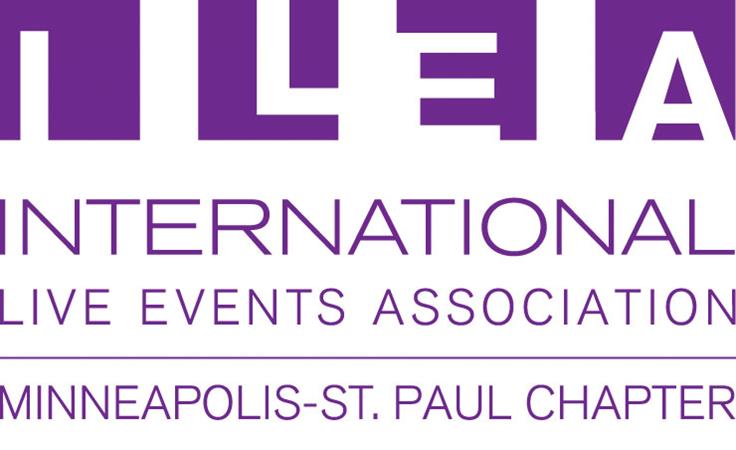Demonstrating Your Value as a Planner
Q. What are the best ways to demonstrate the value that I offer as a planner?
A. With the current state of the economy and company layoffs in the news every day, showing the value that a planner brings to their organization and their clients is more important than ever. But how do we go about doing that?
Showing Cost Savings
Because as the planner you worked on the program, you should be able to negotiate a documented list of cost savings that has an immediate and tangible impact on the program's bottom line. Many companies require this of their planners as part of their program planning process. It's a very quick and easy way to start tracking the value that you bring.
For meeting planners like Ellie Madson of RBC Wealth Management, “cost savings are tracked, measured and reported on an annual basis.”
As an individual planner, you should be tracking and recording the cost savings that you bring to your organization as a whole over the course of the year, not just for the client on each program. By tracking your own personal stats, you can bring that data into your performance review and show one aspect of the tangible value that you bring to your organization. This advice applies equally to corporate meeting planners and third party planners.
However, we all know we bring more value that just the cost savings we can negotiate.
The Value of the Product
What is the value that we bring back to the organization for the value of the product we help produce? Moreover, how do we measure that value? Whether you are a corporate, third party or independent planner this is where the challenge lies.
Of course, the answer is different for each planner because each organization has a different set of corporate values. However, we can still learn from each other and see if what works for one planner will work for another. Organizations may value the time spent planning, the quality of the meeting, the quality of output of the event, or the attendance, to name a few.
Setting + Tracking Goals
Daphne Meyers, CMM, of Red Barn Group based in Fargo, North Dakota, tackles this issue for every meeting she plans. “I work with my clients at the beginning of the project to set three objectives that we can measure and report on.”
One example of a client goal that Daphne set for a recent customer event was the "six month spend." After the customer event was over, they measured how much the customer spent over the course of six months and compared total spend of the customers who attended the event with the customers who had not.
At the start of this objective, the client speculated that there might be a 10% increase in the spend of customers who attended the event. The actual difference was closer to 40%. By helping the client set and track this goal, Daphne was able to show the value of the event to the client and in turn, the value she brought in planning that event.
Recognizing Planner Value
It soon becomes clear that showing the value you bring as a planner can easily become about showing the value of the meeting, and vice versa. This continues to be an ongoing issue and thus, a skill set that we as planners need to master if we expect our organizations and planners to recognize the value of our work.
Find Mentioned Suppliers
Related Suppliers & Featured Content Advertise with meetingpages and create a complete profile for your facility, attraction, activity or service.

Value of a Planner
Ask the Expert | By Julie Ann Schmidt, CMM, CMP | June 07, 2009
Meeting and Event Planning Tip: What are the best ways to demonstrate my value as a planner? Read more...












